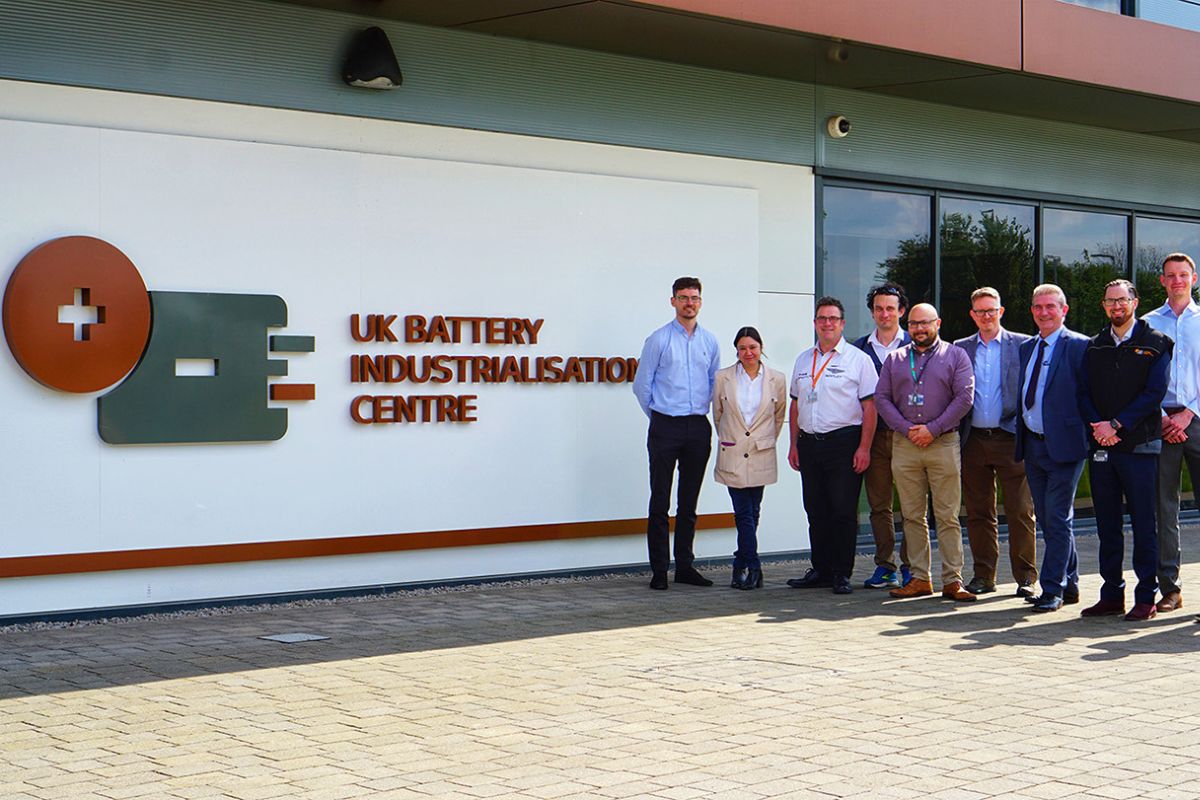Simple Ways for Schools and Colleges to Save Electricity

Although the government allows schools the freedom to buy their energy where they choose, many Schools and Colleges simply don’t take advantage of this flexibility and opportunity to save.
As a result, many educational establishments are paying more than they need to for their gas and electricity.
Using an energy broker is one way to start saving on energy. They will do the legwork of comparing contracts and negotiating deals on your behalf, and helping you understand your energy consumption and identify areas for potential savings.
By saving on fuel costs, this money could be allocated towards other areas and put directly towards education.
How much are schools paying for electricity?
Figures from the Department for Education show that schools pay an average of £27,000 per year on energy, with some of the larger schools paying up to £80,000!
Like businesses, schools and colleges should shop around to cut their energy bills.
There’s also more to saving electricity for schools than reducing energy tariffs – schools should also look to reducing energy consumption from within. However, we know this can be easier said than done.
Did you know? Lighting comprises almost 50% of the electricity for schools.
Top 8 Tips for Easy Energy Saving
- Involve the whole school in saving electricity and have your students come up with ideas to secure energy savings.
- Switch desktop computers for laptop computers as these consume far less energy.
- Use Energy-Star appliances that use energy more efficiently.
- Replace all of your incandescent lights with LED or energy-efficient fluorescents (they cost a little more upfront, but last 10 times as long and are four times more efficient).
- Turn off lights when not in use.
- Having your heating on a timer that comes on in the morning and is turned off at night.
- Check that buildings are properly insulated.
- Try to use natural lighting as much as possible.
Longer-term energy-efficient investments can include:
- Installation of solar panels
- Re-insulating your buildings
- Upgrading your heating and cooling systems
- Investing in new energy-efficient equipment











Responses